A plateau lake, located in southwest China's Tibet Autonomous Region, was recently found to have witnessed a rise in water levels between 2016 and 2022, with its elevation increasing by about one meter.
The discovery was made by a research team from the Institute of Tibetan Plateau Research under the Chinese Academy of Sciences (CAS) during the country's ongoing second scientific research survey on the Qinghai-Tibet Plateau.
Started in 2017, the scientific research survey was led by the institute and included more than 7,000 researchers from over 270 institutions across the country.
It focuses on the changes of key issues such as glaciers, snow cover, frozen soil, and lakes and rivers, covering 10 major tasks including plateau growth and evolution, biodiversity conservation and utilization, and changes and influences of the "Asian Water Tower."
In the past five years, various research teams under the survey have yielded a lot of results in the plateau, deciphering "code" one by one on "the roof of the world."
In June, a study under the survey revealed that rapid climate warming has caused water imbalances in the Third Pole region, which is located in the Qinghai-Tibet Plateau. The region, with the largest global store of frozen water after the Antarctic and Arctic, is known to be home to the headwaters of more than 10 major Asian rivers.
According to the results published in the journal Nature Reviews Earth &Environment, the imbalance in the region between solid water in glaciers and liquid water in lakes and rivers, was caused by global climate change, which resulted in greater water demand in densely populated downstream countries.
Scientists predicted that by the middle of the century, the supply of river runoff from the plateau glaciers would have reached its maximum and would then gradually decline, leading to water shortages in the long-term, said a report by the Science and Technology Daily.
Another scientific expedition team found that in the forest areas of the Hengduan-Qilian Mountains, the average tree-line had moved to a 29-meter-higher altitude in the past 100 years, with the maximum rise reaching 80 meters.
The tree-line, or timberline, is the highest edge of the habitat at which trees can grow. Its rise in these areas caused a compressed growth space for alpine meadows, increasing the risk of loss of high-altitude endemic species, said Piao Shilong, a CAS academician.
Over the past five years, researchers under the survey have spent their days and nights in laboratories and in tents in the wild, gradually uncovering ecological changes of the plateau and discovering more of its secrets for thousands of years.
In May, a tree measuring 83.2 meters high was found in the plateau region by a team from the Institute of Botany under the CAS, setting a new record for the tallest tree in China.
As the scientific research survey progressed, more rare plants and animals were discovered on the plateau, more ecological changes over the years were revealed, and more fossils were found to help recapture scenes of animal and human life in ancient times.
The Qinghai-Tibet Plateau covers a wide range of research fields, including geophysics, geological structure, ecology and environment, said Yao Tandong, a CAS academician and the leader of the survey.
China has been at the research forefront globally in fields such as climate changes, represented by glacier changes, and ecology, Yao added.









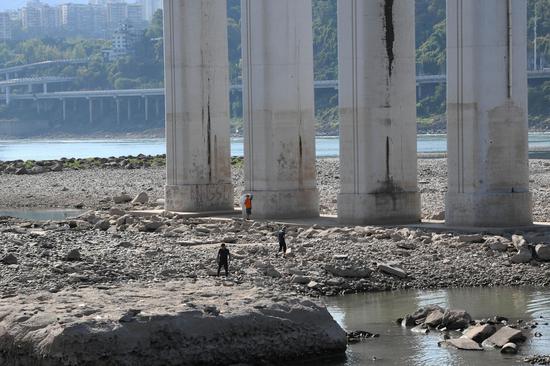
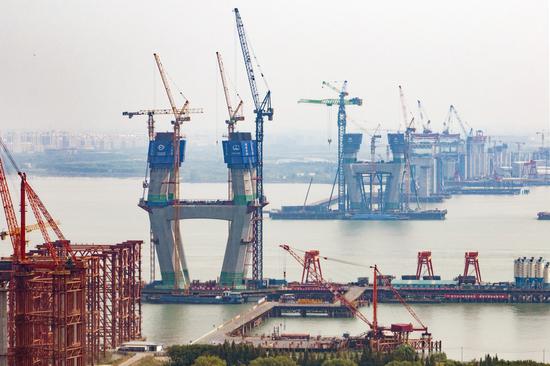
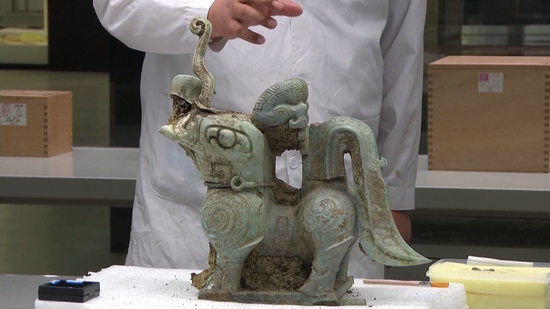









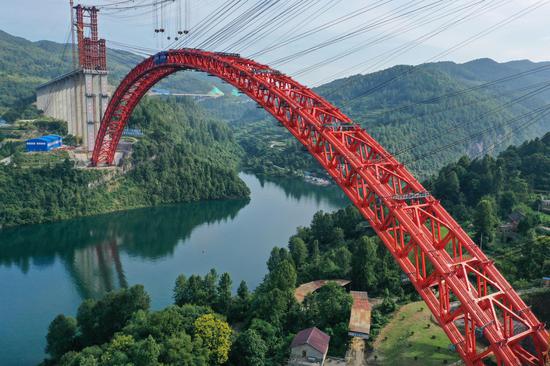

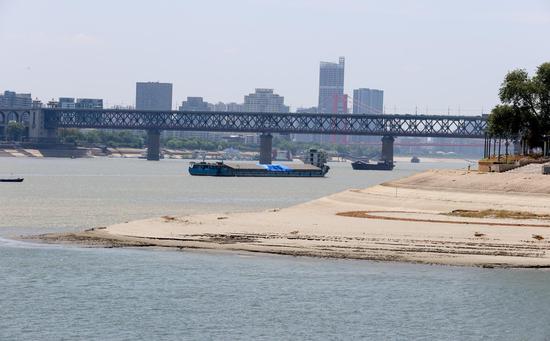








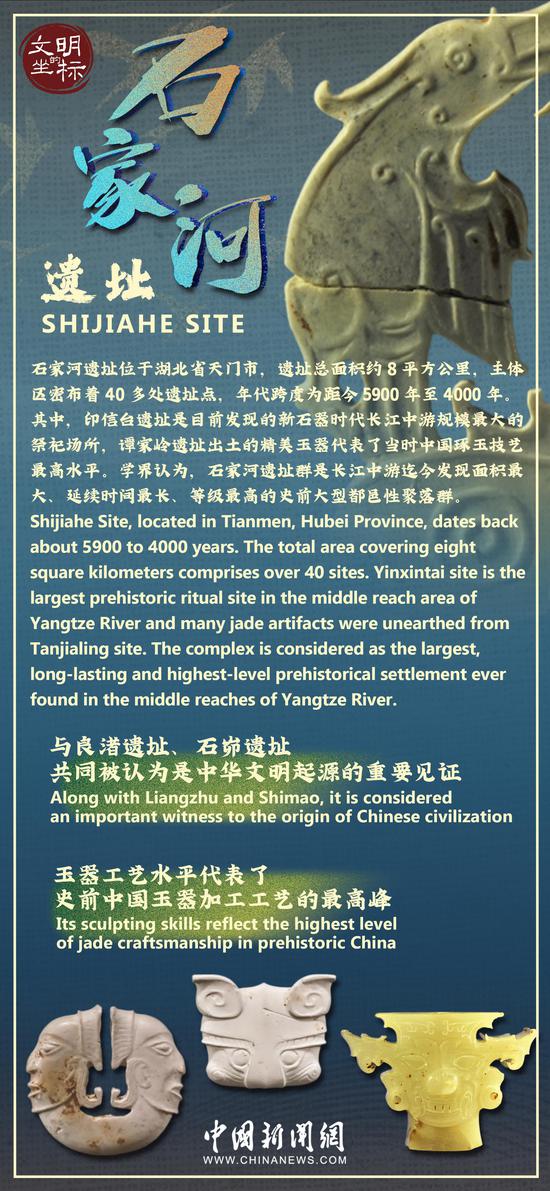







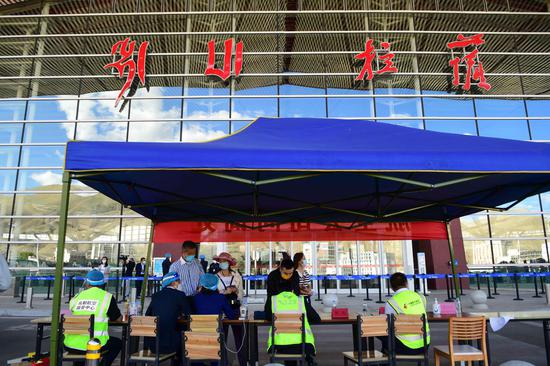





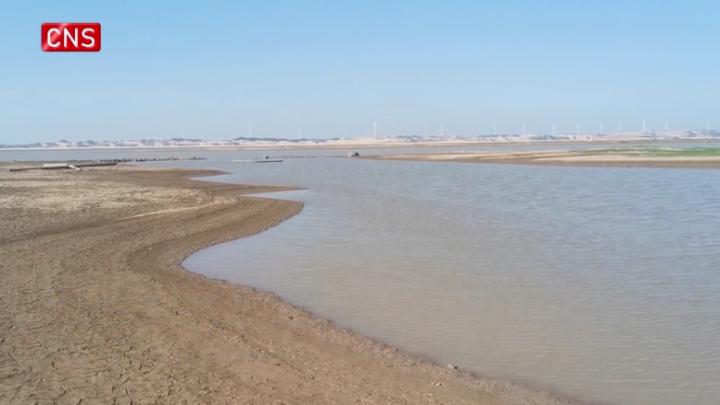



 京公网安备 11010202009201号
京公网安备 11010202009201号